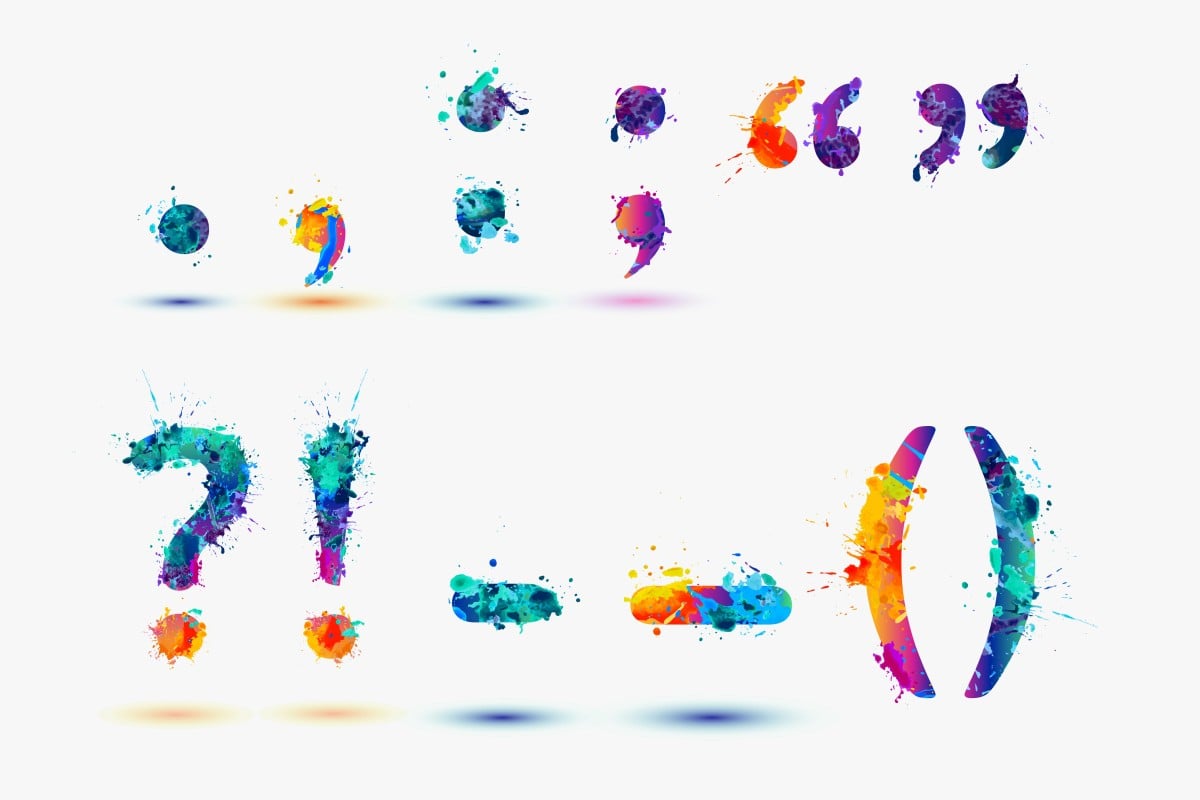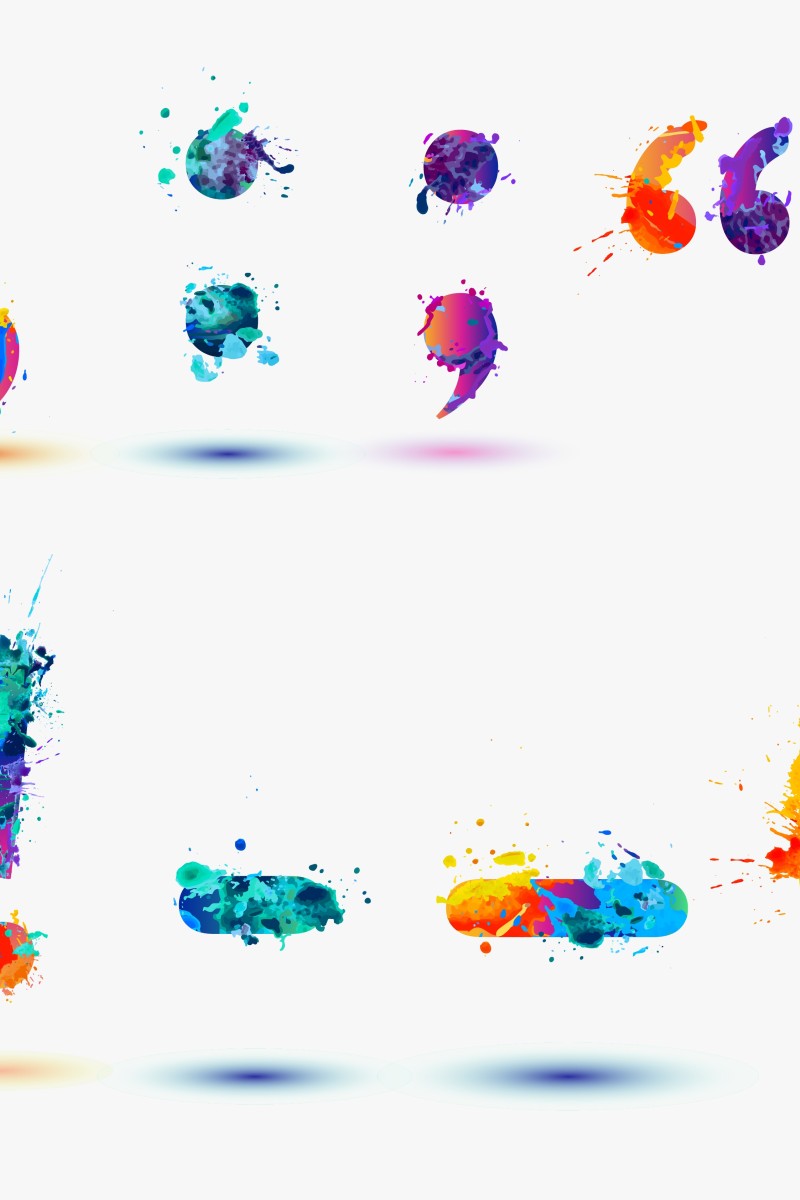
Punctuation marks are the flesh and bones of every modern written language. Sometimes, missing out a comma can completely change the meaning of a sentence (for example, “Let’s eat Grandpa!” means something entirely different to “Let’s eat, Grandpa!”).
Here are a few punctuation marks we might use or come across, what their proper names are, and where they come from.
Ellipsis …
You may have used an ellipsis without knowing its name and what it means. The ellipsis is made up of three full stops – aka “dot-dot-dot” – and is often used to indicate a pause in speech or an unfinished thought. Its name comes from the Greek word elleipsis, which means “to fall short”, or “to leave out”.
Depending on how it is used in conversations, an ellipsis can indicate an unfinished thought (“I was going to pay him back, but …”), a pause (“Let’s see, that’ll be … HK$20.”), or uncertainty (“… sure.”). However, when quoting from a book or newspaper, the ellipsis stands for unimportant words that have been cut out (“She wrote an essay about … the recent protests.”)
Parentheses ( )
Known as brackets or round brackets, this symbol is one of the 14 most commonly used punctuation marks. One bracket is called a parenthesis, and parentheses are used to talk about a pair of them. Just like quotation marks, parentheses always come in a pair, and are used to show additional information that is not as important. This can be in the form of one word, an abbreviation – “The World Wide Fund for Nature (WWF) is having an exhibition next week.” – part of a sentence, or several complete sentences.
There are many ways to use parentheses as long as you stick to this rule: the part of the sentence outside the parentheses must make sense and be grammatically correct on its own.
Hyphen -, en dash –, and em dash —
These three are often confused for each other, but they couldn’t be more different. The hyphen is the shortest of the three, and is usually used to combine words to make compounds (“two-faced”, “part-time”, “left-handed”).
The en dash is twice as long as a hyphen, and gets its name from the fact that it is as wide as the letter “n”. It is usually used to show things that are related, such as a range of numbers, dates, or time. Sometimes, it can also be used to indicate a connecting flight or direction, for example “The Paris–Korea–New York flight takes more than a day” or “The newest north–south railway started operation yesterday.”
Even though there are different ways of presenting the en dash, one thing is clear: it is an all-purpose punctuation mark, and can be used instead of commas and parentheses to create a break in a sentence (“I saw Mrs Lai – my maths teacher – at the football game last Friday.”) or colons to show emphasis (“He checked off four items on the grocery list – butter, milk, chicken, tomatoes.”)
The em dash — so called because its width is as wide as the letter … you guessed it, “m” — is usually used without spaces but many newspapers prefer to add a space on both sides. Also, in British and Hong Kong English, an en dash with spaces on either side is often used instead of an em dash. Here at Young Post, we prefer the en dash over the em dash.
Kickass Type: A font for Hongkongers born from the 2014 Occupy Central movement
Bonus: Interrobang ‽
A cross between an exclamation and question mark, the interrobang was created by advertising executive Martin Spectkor in 1962. It was used at the end of the sentence to emphasise shock, excitement, or disbelief (e.g. Are you serious‽). It was named after the punctuation marks that inspired it: interrogatio is Latin for “questioning” or “inquiry”, and “bang” is slang for an exclamation mark.
The interrobang was used in some magazines and adverts, and was popular in comic books but it eventually went out of style. Although the interrobang can still be found in some fonts like Arial, Lucida Sans, and Palatino, it is not considered a standard punctuation mark. Most people will punctuate a surprised question with: ?! or !?.

